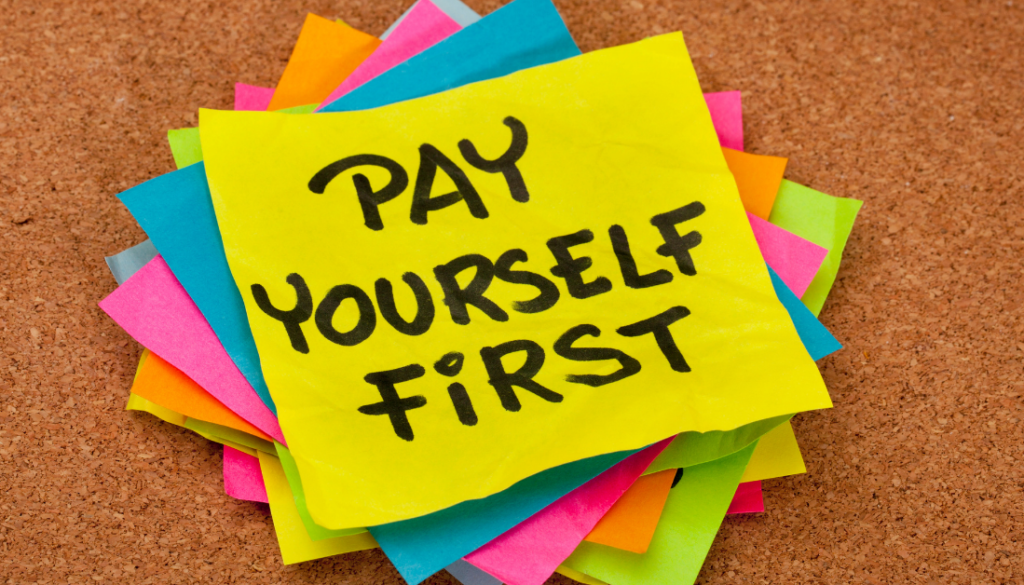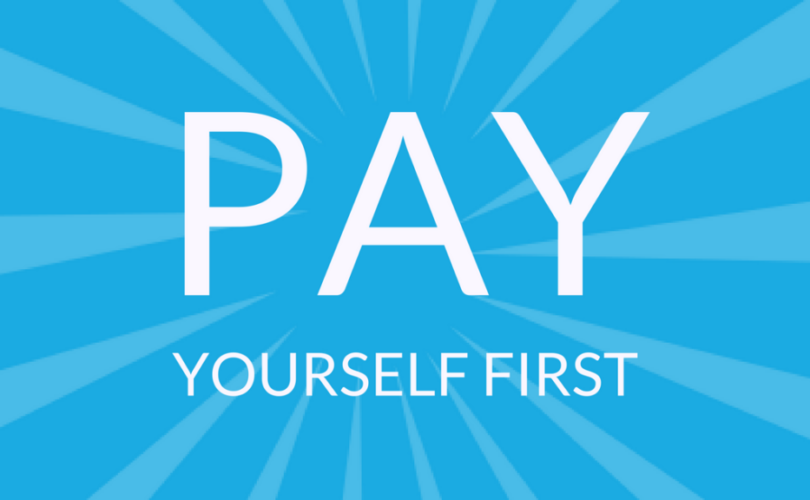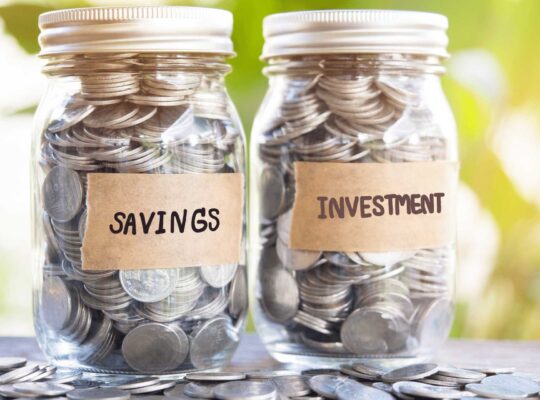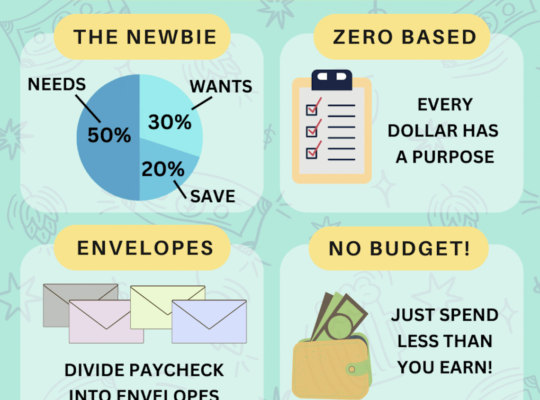
Learn how to structure your paychecks around paying yourself first.
- How do I lower my expenses?
- Why and how should I save money?
- Planned and unplanned expenses
- Emergency Fund: What It Is and Why It Matters
- I am ready to save. What is the next step?
- Saving wisely
You might have heard people say "you should always try and pay yourself first". The phrase "pay yourself first" generally refers to the idea that when you receive income, you should prioritize saving money for yourself before paying bills or other expenses.
So, let’s walk through how you pay yourself first.
Paying yourself first
How you pay yourself first will depend on how often you get paid. Some people get paid every week, others every other week, some twice per month, and others once per month.
| Pay period | Example | Number of pay periods per year |
|---|---|---|
| weekly | every Friday | 52 |
| biweekly | every other Friday | 26 |
| semi-monthly | every 1st and 15th of the month | 24 |
| monthly | every 1st of the month | 12 |
Refer to the table above to see how many pay periods you have in a year. This will help you figure out the amount you need to save each time you receive a paycheck.
Example
For example, let’s say you want to save $624 for a new laptop:
- If you’re paid weekly, you need to save $12 each time you get paid.
- If you’re paid biweekly, you need to save $24with each paycheck.
- If you’re paid semi-monthly, you need to save $26 each time you get paid.
- And, if you’re paid monthly, you need to save $52 each paycheck.
This method works for any savings goal. Let’s say you want to save $1,300 for a vacation and you are paid every two weeks. You would divide $1,300 by 26 pay periods to get $50 per paycheck. This amount will then be put aside into savings and when the vacation time finally arrives, you will have all the money save up – no stress, no worry.
By syncing your savings with your paycheck, you are able to save money before you get the chance to spend it, thus, pay yourself first.






